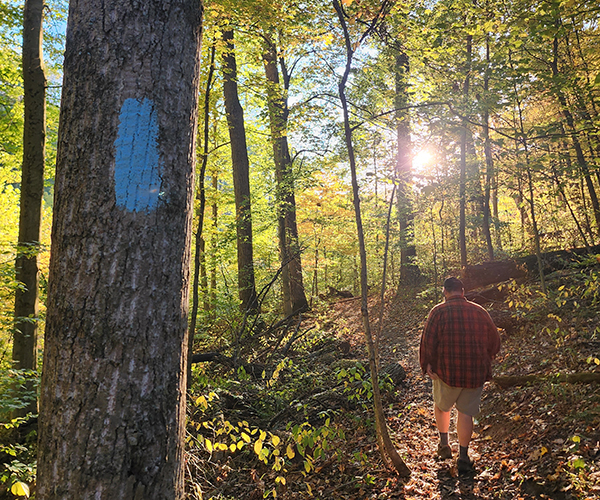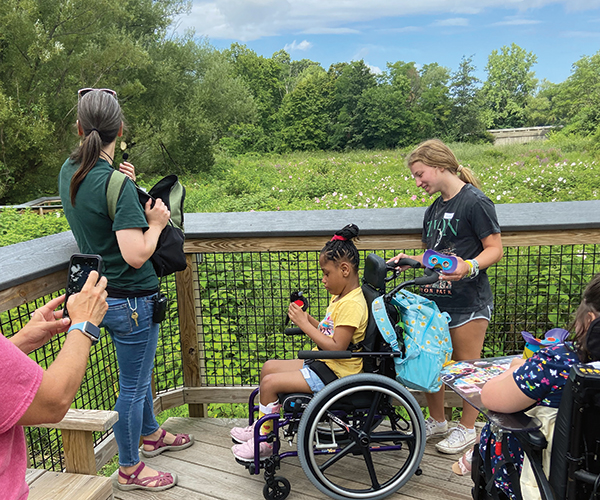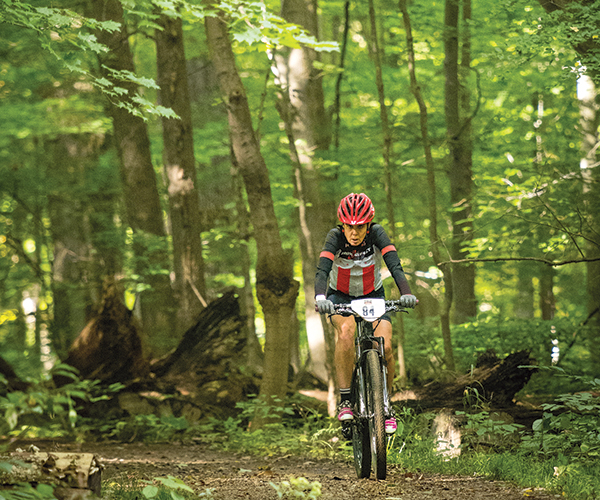Firelands Winery began 130 years ago as a small, sun-filled farmhouse surrounded by acres of fruit trees and grass. Most mornings, Edward Mantey and his two brothers would head out to the Sandusky vineyard where Mantey had planted large plots of sweet, juicy Concord and Catawba grapes.
The family picked the grapes themselves. The juices would stain their hands, seep underneath their fingernails and stick to their pants. But after the grapes had been plucked and steeped in wine barrels, the wine tasted as sweet as the sun.
Today, the original red farmhouse still stands, though walls have been knocked down and expanded to accommodate the thousands of visitors who come every year to the wood-paneled tasting room of Ohio's largest winery, distributing 80,000 cases a year.
For $3, guests can try six different wines, which come with a plastic-wrapped package of crackers (to help coat the stomach, explains Candace, the bartender).
Sitting at the long mahogany bar, I'm surrounded by large, framed, black and white photos of the original vineyard, and vintage wine bottles from the early 20th century that look like cough syrup containers.
So it's only natural that I start with a flight that includes a sugary red wine called Blue Face. Crafted from Concord grapes grown at the estate, the wine gets its name from the color of Grandpa Mantey's lips after drinking too many glasses of the stuff.
I also taste drier, more artisan wines from grapes the current owner, Claudio Salvador, imported directly from his hometown in Italy. The dark, dry, licorice-flavored dolcetto from Piedmont and the light, sparkly dolci note moscato from Sardinia are unique to Ohio. The dolcetto is grown on the 1-square-mile Isle St. George, a tiny Lake Erie island that produces 30 percent of Firelands' grapes, which are then brought here for processing.
When Salvador took over Firelands 9 years ago after spending 20 years as its winemaker, he wanted to honor the winery's history, while also trying out new vintages.
"I wanted to introduce a European-style winery, one that bridged the Old World, European style with the New World, California one," he says.
He also wanted the place to feel homey and lived in, so chandeliers crafted from wine bottles add a touch of whimsy to the walkway between the winery's museum and restaurant.
Salvador — who learned the art of wine making in the small Italian village of Vittorio Veneto, where his grandparents owned 70 acres of vineyards — sees wine tasting as a mellow event.
"We want to be a place people come to," says Salvador, "to enjoy time with a good glass of wine."



